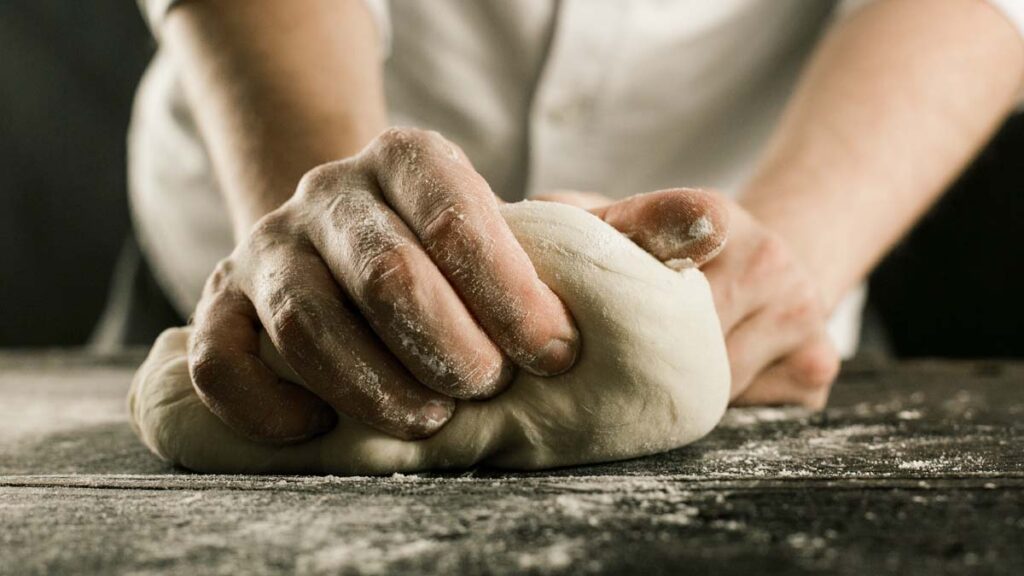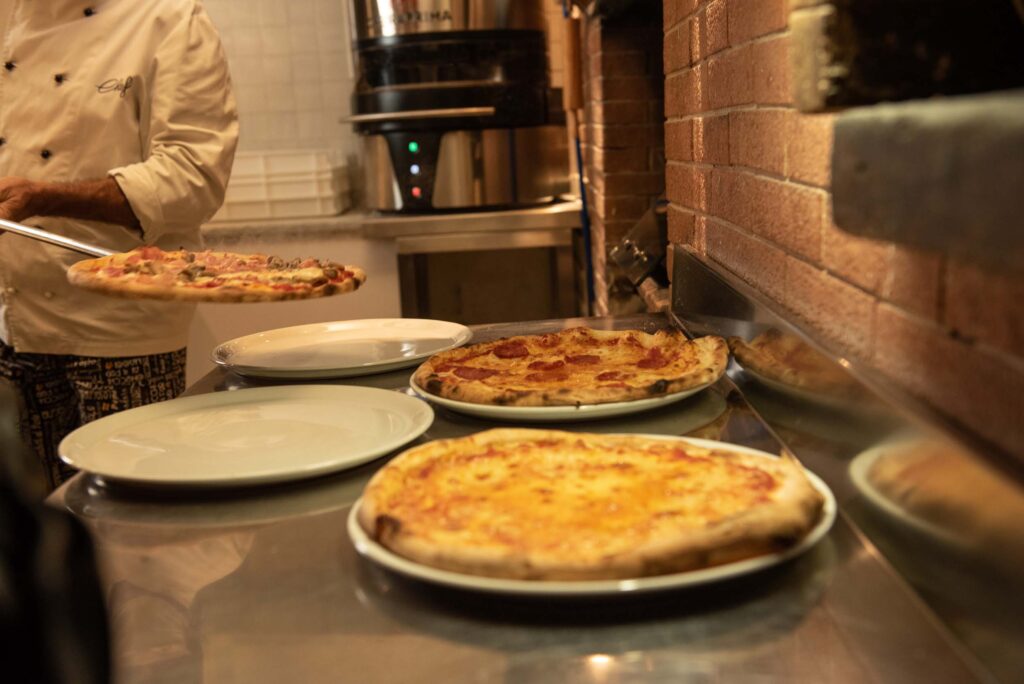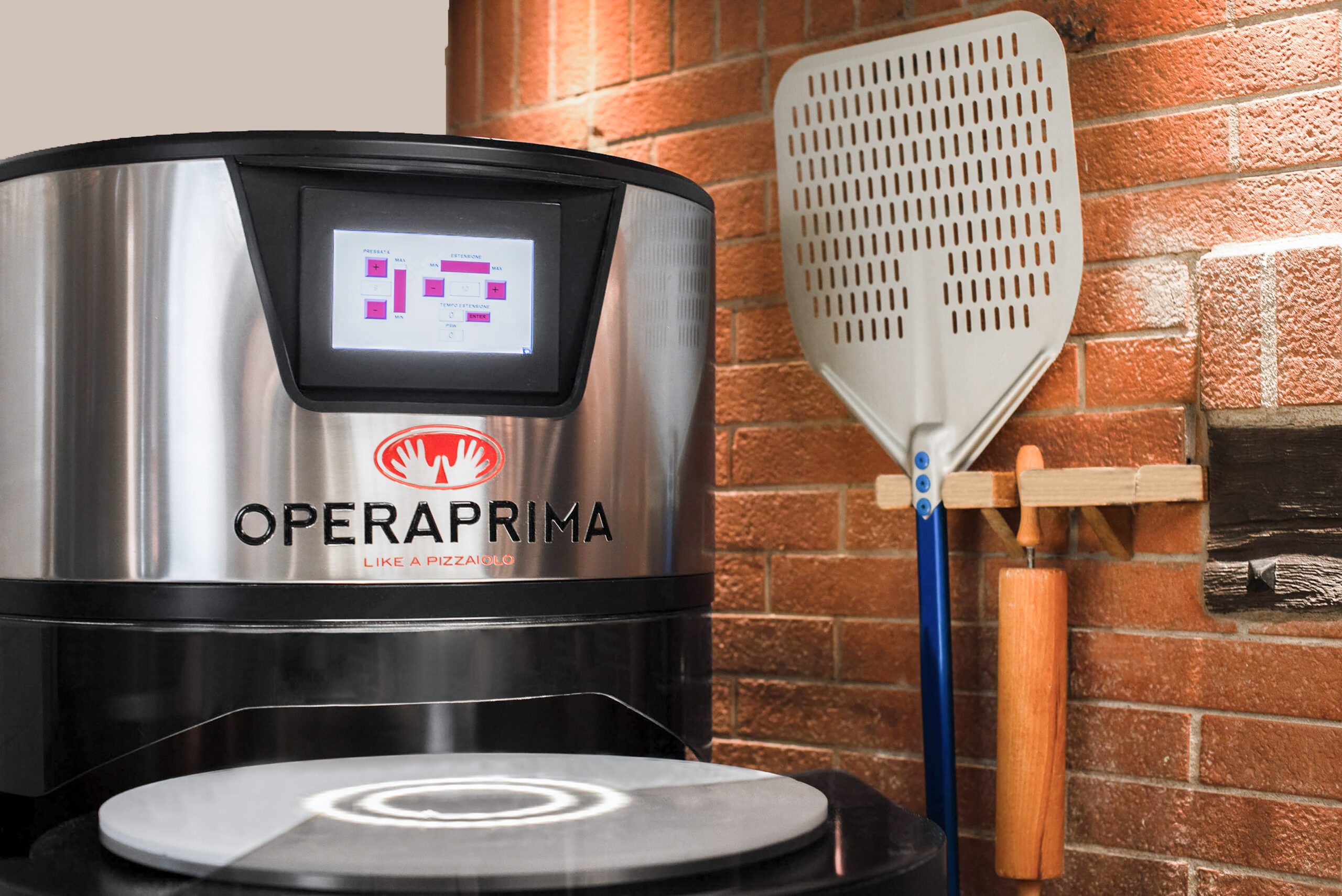
Pizza is a certainty but its origins are unknown: they could date back to much earlier than we think and thanks to unexpected populations such as the Egyptians and the Greeks.
Pizza has arrived up to our days thanks to the experience of pizzaioli, who have been able to innovate this unique dish, in every sense.
Pizza: always and in any case
For many of us, pizza is our favorite dish, the one we can’t refuse, the one that can create even large tables but also for a takeaway bite on the road.
Pizza becomes a weekly appointment, so much that if you miss it once, it is a great regret. We must also admit it is a dish of refuge: in times of difficulty or need, it knows how to be of help.
Pizzaiolo thanks to Egyptian yeast
The history of pizza is long and complex and seasoned with uncertainties because its origins are not completely clear but, just like bread also pizza derives from wheat, then the first pizzaioli were not born in Naples but in Egypt. In fact, they were the ones who invented yeast, more than 5 thousand years ago, even though they did not know the fermentation process and believed the chemical reaction was the result of a miracle.
Remaining in ancient times, even Romans, Greeks, and even Persians prepared a rough pizza, made with cheese and dates at the most.
In short, the first pizzaioli came from Mediterranean countries, where wheat cultivations were more common.

The pizzaiolo who created pizza to calm down the spirits
Finally, we arrive in Naples, where pizza finds a home. Starting from Rua Catalana, where Mastro Nicola worked, the most famous baker of the city as well as, according to the narration, the creator of the first recipe of pizza. Unlike the one known until that time, the baker from Campania added lard and sold it to the artisans living in the neighborhood. The success was immediate, and it was called pizza “Mastunnicola”, fusion of the words Mastro (which means ‘teacher’ in this case) and Nicola.
It has never been known instead which pizza makers around 1734 created the first marinara ever: for the first time tomato sauce was used, recently arrived in Europe after the discovery of America and it was the Spanish who sent it to Naples, where the Bourbons reigned.
This change derives from a rather agitated social situation: in fact, its name could make people think about a topping made of fish, but in truth, it alludes to the sailors of the port of Naples.
According to the stories handed down, they were tired of the usual pizza, according to them not very tasty and so to calm down their spirits some pizzaioli, remained unknown in this story, decided to enrich pizzas with tomato sauce and, above all, with garlic. An ingredient with an unmistakable taste.
Its majesty pizza margherita
Raffaele Esposito went down in history as he was called to fulfill the wish of Queen Margherita I, who was visiting Naples with his husband King Umberto I in June 1889. Her Majesty had never eaten pizza even though she had heard about it often and very well.
Raffaele at that time was the most famous pizzaioli of the city and he prepared three pizzas: the Queen between the mastunnicola and one seasoned with tomato, anchovies, garlic, oregano, and oil preferred the third one, which was seasoned with tomato, mozzarella (Fior di latte), a drizzle of olive oil and a leaf of basil, added by his wife Maria Giovanna to honor the colors of the Italian flag.
When the pizzaiolo was asked what that pizza was called, he answered “Margherita”, as not even the most experienced PR person of today would do.
Pizza napoletana made a huge leap in fame up to the present day, but perhaps not everyone knows that Raffaele Esposito was not (and still is not!) so appreciated by the truest Neapolitans, guilty of having betrayed the original recipes of the Bourbon tradition, which in essence are the first two he had presented to the Royal family.
The job of pizzaiolo recognised as an UNESCO World Heritage
Since 2010, Neapolitan pizza, the one with the high edges, has been protected by the STG (Traditional Specialty Guaranteed) mark of origin, introduced by the European Union, while since 2017, the art of the Neapolitan pizzaiuolo has been declared an UNESCO World Heritage.
As a direct product of this art form, pizza napoletana also become a World Heritage.
OperaPrima helps the pizzaiolo
Today making pizza is therefore recognized as an art and finding an experienced and capable pizza maker is not at all easy. Moreover, the health situation has affected this artisan sector.
OperaPrima wants to help pizzaioli, because it is a professional pizza stretcher that has (re)invented the way of spreading pizza.
Thanks to its patented system of cold operation, it does not damage the glutinous mesh and in a few seconds allows the realization of a real traditional pizza, with a predefined edge even without skilled labor.
With OperaPrima today the pizzaioli can create in a simple and fast way the good Italian pizza using different types of flours.



